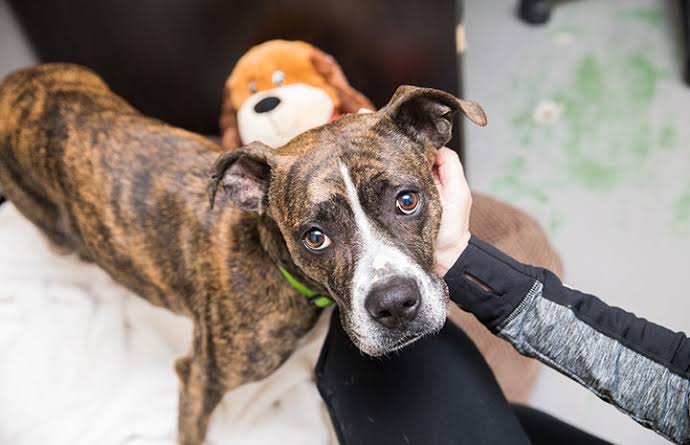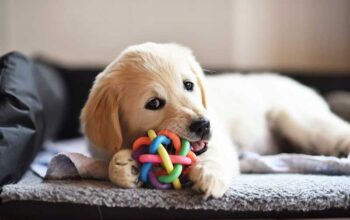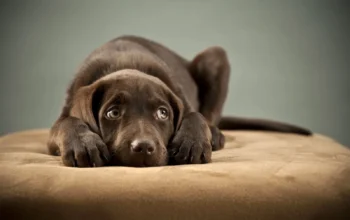Alright, let’s talk about hydration. Sounds simple, right? Water in, body works, life continues. But with pets… it’s a little trickier. Dogs, cats, even rabbits—none of them come with a “please refill my bowl” sign. And some pets? They treat water like it’s poison. My cat, for instance, gives me this look every time I refill his bowl like I’m trying to trick him or something.
But here’s the thing: keeping pets hydrated is way more important than most people realize. Dehydration can sneak up quietly. One day your dog is bouncing around, tail wagging, happy as can be, and the next day… lethargic, sunken eyes, dry gums. That’s not just discomfort—it can be dangerous. So yeah, hydration deserves more attention than it usually gets.vv
Why Hydration Is Critical
Think about it: our bodies without water? tiredness, irritability. Pets? Same thing, but they can’t tell you, and their tiny warning signs are easy to miss.
Water is essential for:
- Temperature regulation: Dogs pant, cats… not so much. They overheat silently.
- Digestion and nutrient absorption: No water = gut problems.
- Circulation and organ health: Kidneys in particular suffer fast if hydration is low.
- Waste elimination: Urine and feces production v by down, toxins build up.
- Joint and tissue lubrication: Important for active pets, old pets, and basically every pet ever.
Even mild dehydration makes pets cranky, tired, or uncomfortable. Severe dehydration? We’re talking heatstroke, organ damage, or worse.
Spotting Dehydration
Pets can’t tell you they’re thirsty, so you have to read the signs:
- Dry gums: Lift the lip, check the gums. Sticky or dry? That’s a warning.
- Sunken eyes: Creepy, right? But a real indicator that water levels are low.
- Skin elasticity: Pinch the skin at the back of the neck. If it doesn’t snap back quickly, dehydration may be present.
- Behavior changes: Lethargy, hiding, refusing food. All subtle but telling signs.
- Panting (dogs) or restlessness (cats): Could mean overheating or dehydration.
- Vomiting or diarrhea: Accelerates fluid loss, and can be a red flag on its own.
Quick story: A friend of mine had a dog who seemed a bit off one morning. Quiet, not eating much. Turns out the water bowl had tipped over overnight. One good hydration session later, he was zooming around like nothing happened.
Causes of Dehydration
Not all dehydration is obvious. Here’s what usually causes it:
- Heat exposure: Hot days, long walks, direct sun. Dogs pant, cats hide, water evaporates quickly.
- Illness: Vomiting, diarrhea, fever—these accelerate fluid loss.
- Lack of water access: Bowls empty or knocked over. Indoor or outdoor pets both suffer.
- Diet: Dry kibble only? They need more water. Seriously.
- Excess activity: Hiking, long walks, or high-energy play can cause rapid water loss.
Hydration Needs by Pet
- Dogs: Roughly 1 ounce per pound per day. So, a 50-pound lab? Around 50–60 ounces (6–7 cups). Active dogs or hot days require more.
- Cats: Usually less, thanks to desert adaptations, but indoor cats on dry food still need 4–6 ounces per 5 pounds per day. Some hide dehydration until it’s serious.
- Exotic pets: Rabbits, reptiles, and others vary. Some get moisture from food; some need constant fresh water.
How to Keep Pets Hydrated
- Fresh water always: Don’t just fill once a day. Refill, change, clean. Cats especially hate stale water.
- Multiple water stations: For multi-pet households or large spaces, this matters.
- Wet food: Great for cats; dogs can also benefit.
- Ice cubes in water or food: Adds novelty, especially in summer. Small dogs and dental issues aside, it’s fun.
- Low-sodium broth: Can encourage drinking if a pet is reluctant. Just don’t overdo it.
- Avoid sugary drinks: Chocolate milk or soda? Toxic. Don’t even think about it.
Checking Hydration at Home
Simple home checks:
- Skin pinch: Scruff or neck skin. If it’s slow to snap back, warning.
- Gums: Pink and moist is good. Sticky or dry? Not good.
- Behavior: Low energy, irritability, hiding. Not always obvious, but pay attention.
Tip: Don’t rely on just one sign. Combine physical checks with behavior.
Emergency Signs
Some dehydration is severe and requires immediate action:
- Collapsing or unresponsive pets
- Severe vomiting or diarrhea
- Sunken eyes and very dry gums
- Rapid, labored breathing
- Heatstroke symptoms: panting, drooling, lethargy, red gums
If you notice any of these—call your vet immediately. IV fluids or hospitalization might be necessary.
Hydration in Different Scenarios
- Summer: Always carry water for walks or outings. Dogs pant but it’s inefficient; cats need accessible shade and water.
- Travel: Stress plus new environments reduces drinking. Bring portable bowls, bottles, or pet fountains.
- Illness or recovery: Post-surgery, infections, or chronic conditions increase hydration needs. Consult your vet.
DIY Tips to Encourage Drinking
- Move water bowls around; some pets get bored with the same spot.
- Low-sodium broth or flavorings can help.
- Cats may prefer running water—a fountain works wonders.
- Wet food mixed with water encourages drinking.
Side note: My cat ignored bowls for a week until I put a glass bowl on the windowsill. He’s picky, okay?
Common Myths
- Pets drink whenever they’re thirsty: Not true, especially cats.
- Only hot weather matters: Indoor heating, illness, dry food, all contribute.
- Small pets need less attention: False. Small pets dehydrate quickly.
Bottom Line
Hydration is crucial. Pets won’t complain like we do. Check water intake, monitor for subtle signs, provide multiple water options, and act early. Prevention beats crisis management every time.



